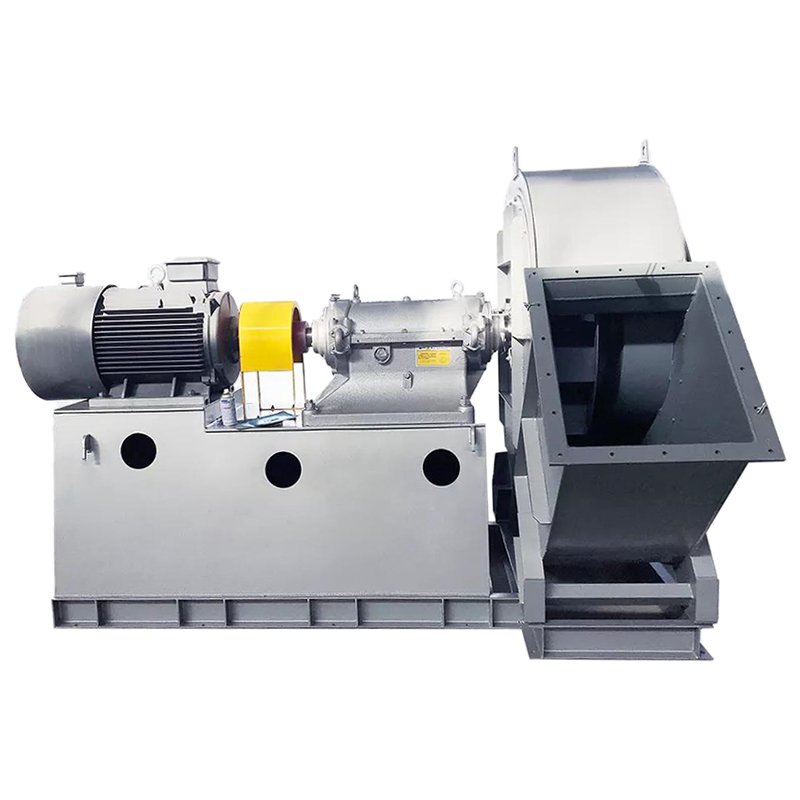1. When installing the stainless steel fan, check whether the parts are complete and whether the parts are connected tightly.
2. In the process of installing the stainless steel fan, pay attention to maintaining the horizontal position of the stainless steel fan. The joint surface of the stainless steel fan and the foundation and the connection of the air duct should be adjusted naturally. Overlap does not allow forced connections. Stainless steel fan parts are not allowed to increase the weight of the pipeline, check whether the stainless steel fan falls inside.

3. After the stainless steel fan is installed, the impeller must be moved to check whether there is friction between the impeller and the shell. If there is a problem, it must be adjusted. Stainless steel fans should be rainproof when used in the open air.
4. The trial operation of the stainless steel fan should be carried out after the overall inspection is qualified. In order to prevent the motor from overloading, the flow control valve should be closed before the stainless steel fan starts, so that there is no load when starting, and then gradually open the valve to run at full load or design operating point.
5. If the stainless steel fan finds abnormal phenomena such as severe vibration and impact during operation, it must be stopped for inspection immediately.
6. If it is found that the motor is overloaded due to the deviation of the working point, in order to prevent the motor from overloading, close the small flow control valve to make the motor within the rated current.
7. Remove dust, dirt and other impurities in the stainless steel fan on time to prevent corrosion.
Contact: Mr Wu
Phone: 400-670-7798
Tel: 0533-6060097
Email: zbxinhuafan@163.com sales@xhblower.com
Add: The southern suburbs of the town industrial park Zhoucun Zibo Shandong